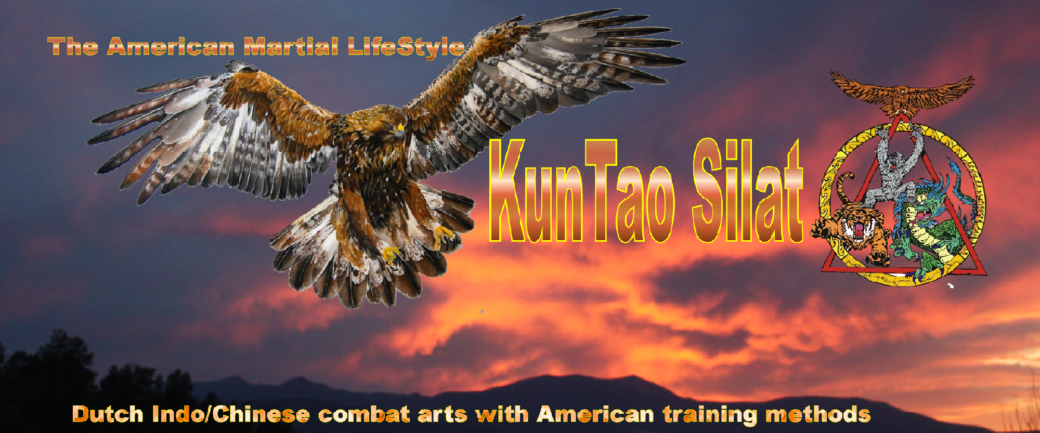Confusion over Self-Defense
The subject of self-defense, “real fighting”, & or whatever you call it causes a great deal of confusion in the martial arts world. Discussions over which style is best, what techniques work & which don’t, the usage of force multipliers, & legalities many times dissolve into the hell of one or more logical fallacies. Not that I am an expert (honestly, I’m not sure anyone could even be an “expert” on violence) but I think there are some fallacies that can be done away with for the good of the subject & increase the chances of student survival in bad situations.
- Self-Defense is not a Simple Subject: Surviving a violent confrontation is not something that can be simplified into a group of techniques or styles. Instead, it is an incredibly complex subject with many different aspects. Psychology, sociology, & other societal understandings give insight on why violence occurs, how it plays out, & the rules & outcomes supported (which is especially important for deescalation). Understanding things like physiology, anatomy, physics, & chemistry aid in dealing with the human (or animal, which is much overlooked in modern self-defense) opponents. Health & medicine is incredibly important for short & long-term survival of body & mind. All of these things, & more that I’m sure I missed, end up in the combination of subjects that increase the chances of survival. Knowledge is power folks.
- Physical Fitness is Incredibly Important: There is an incredibly damaging viewpoint that a martial artist should rely on techniques alone. This fallacy is, frankly, nuts. Any violent encounter, even a simple fistfight, requires both aerobic & anaerobic resources from the body. Even if the confrontation lasts less than a minute & ends in escape (which we will cover later) it will sap your strength. The better your level of fitness the more likely your chances of being able to finish strong & increase your chances of getting out of there with less damage than your opponent.
- Your Martial Art is not the Best Martial Art: No martial art is the “best”. The various forms of martial arts were a solution for the common form of violence in that area at that time with those specific resources. Yes, folks did use them to protect themselves from attacks, but that doesn’t mean that there is any one-to-one comparison between them. Spending some serious time dedicating yourself to a specific martial art will make you better than a person with no experience, but every martial art has its weaknesses. As one of my teachers (who has studied multiple martial arts & survived several attacks) told me “There is no style in survival”.
- Your Martial Art does not teach Self-Defense: Martial arts is a way to practice responses to violent encounters via practice & memorization. Yes, a dedicated student with a quality teacher can find solutions for many different attacks. Studying martial arts & applying the techniques thoughtfully should give an advantage over an untrained & inexperienced opponent but ultimately it can never be the same as an actual encounter… so long as all things are the same. No matter whether you are engaging in forms or sparring they are nothing more than training tools to help your body, mind, & spirit coalesce into true & correct survival instinct.
- Force Multipliers should be Assumed: Many martial arts teach based on the idea that the encounter is going to be even. In the current world, & from what I understand historically, this is completely untrue. Ambushes, group attacks, & weapons both purposeful & improvised should be assumed. Don’t assume that being in a secured area leads to a specific kind of fight. Make sure that you are practicing unarmed against & with any force multipliers that are common in your area. Not doing so will get you in trouble & very possibly result in permanent damage.
- Violent Encounters are Fucking Ugly: There is nothing out there that is going to teach you how to be the untouchable god of martial arts from the movies. Both sides are going to walk away hurt in the best case… in the worst case one may not walk away at all. Sometimes innocent bystanders get injured. Combatants will be hurt, injured, & very possibly feel a kind of way afterwards. Short & long-term aftercare is going to be important to be able to successfully reintegrate yourself into life. As a former Marine & well-known martial arts teacher said “It isn’t the things people did to me but the things I did that keeps me up at night”.
- Escape, not Winning, is the Ultimate Goal: Another incredibly damaging belief in martial arts is there is a such thing as “winning” the encounter. I disagree. Unless you are being paid for a specific ending there is absolutely no shame in escaping a situation. I really like the term “neutralization” for the goal – making sure that the opponent cannot continue or renew their assault. The best ending is that you & yours manage to escape with a minimum of casualties.
Self-defense & related subjects are quite confused. Interpersonal conflict is something that occurs on a day-to-day basis & in my humble opinion, is too influenced by folks either spreading fear, uncertainty, & doubt or worse idealistic concepts of heroism. These don’t only lead to the possibility of injury but could also lead to jail time or other life changing effects. The important thing is to make sure everybody makes it back to safety to enjoy the results of peace, which is the ultimate goal.
James Kern,
GuruMuda
Discover more from KunTao Silat
Subscribe to get the latest posts sent to your email.

No comments yet.